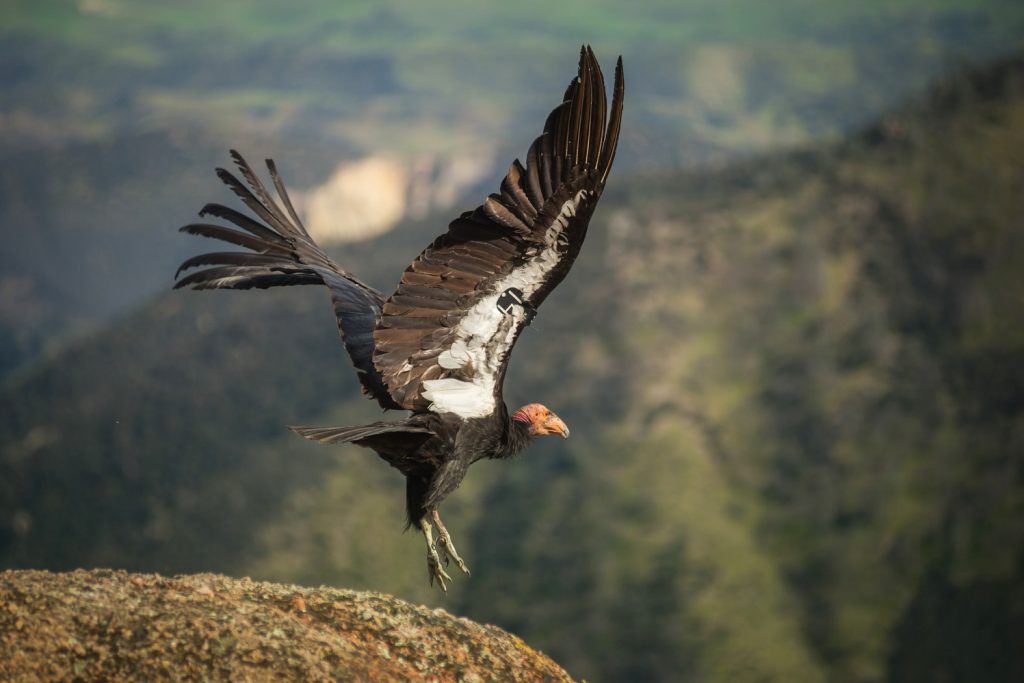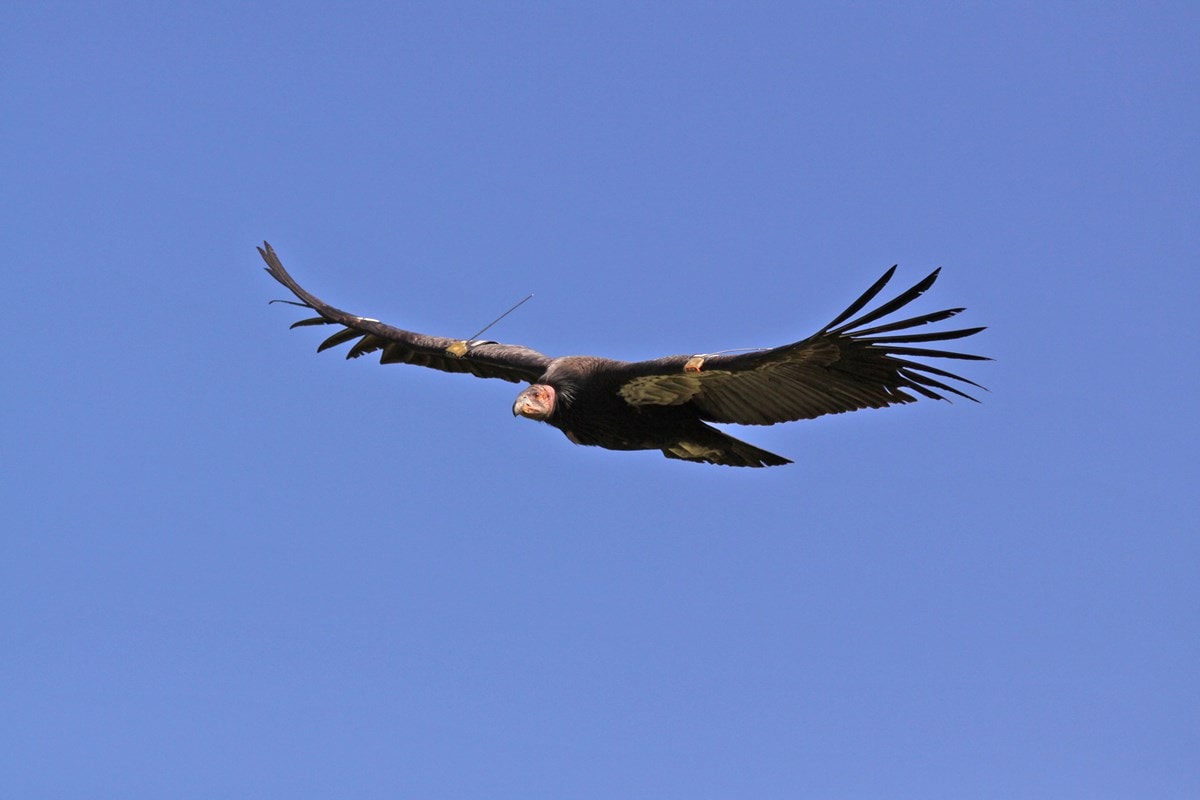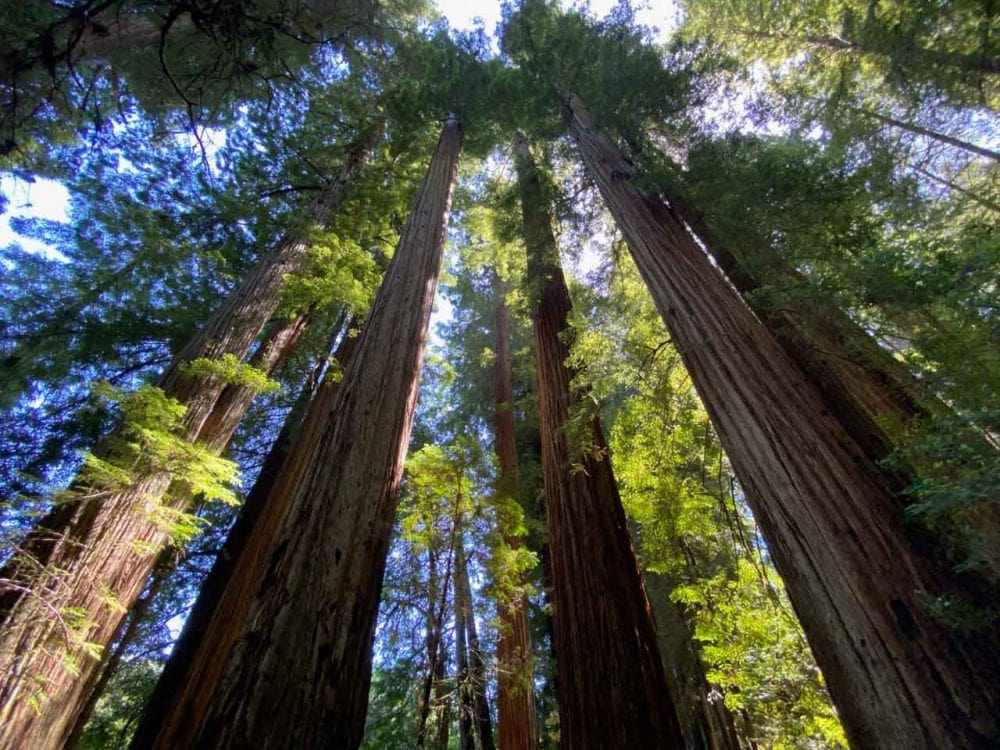For the first time in a century, the mighty California condor will return to the Pacific Northwest. This iconic bird species once found itself on the verge of extinction, but has made huge steps towards recovery, although they’re still officially endangered.
This impressive, unlike even, recovery is thanks to successful conservation programs, facilitated by authorities like the U.S. Fish and Wildlife Service, the National Park Service, as well as local partners.
California Condors Will Be Released in Redwood National Park

Already successfully reintroduced in Pinnacles National Park, Grand Canyon National Park and Zion National Park, California condors are now set to be released in Redwood National Park. This lush park in northern California is in the northern part of the birds’ main historic range.
On March 23, 2021, the National Park Service, U.S. Fish and Wildlife Service and the Yurok Tribe announced a “final rule that will help facilitate the creation of a new California condor release facility for the reintroduction of condors to Yurok Ancestral Territory and Redwood National Park.”
The Northern California Condor Restoration Program, a partnership between the Yurok Tribe and the NPS, will operate this new facility.
The newly announced rule designates the California condors that are part of this release program as a non-essential and experimental population under the Endangered Species Act.
According to the NPS, “this status will provide needed flexibility in managing the reintroduced population, reduce the regulatory impact of reintroducing a federally listed species, and facilitate cooperative conservation.”
“The California condor is a shining example of how a species can be brought back from the brink of extinction through the power of partnerships.”
Paul Souza, Regional Director for the U.S. Fish and Wildlife Service’s California-Great Basin Region
“I would like to thank the Yurok Tribe, National Park Service, our state partners, and others, who were instrumental in this project. Together, we can help recover and conserve this magnificent species for future generations,” Paul Souza continued.

California Condors Are Both Ecologically and Culturally Important
North America’s largest soaring land bird, California condors have a wingspan of nearly 10 feet. Feeding on carrion, these huge vultures play a crucial role in their ecosystem. Additionally, they are also a significant part of the culture and spirituality of the Yurok Tribe, along with several other Native American tribes in northern California and the Pacific Northwest.
In fact, it has been the Yurok Tribe that has led these reintroduction efforts for the past twelve years. They laid the groundwork to make the return of California condors to the Pacific Northwest possible.
The tribe’s work included everything from contaminant analyses and environmental assessments to community outreach. Depending on when the condor release facility will be finished, the release of California condors in Redwood National Park is anticipated to take place in the fall of 2021 or spring of 2022.
Jospeh L. James, Chairman of the Yurok Tribe said that “for the last 20 years, the Yurok Tribe has been actively engaged in the restoration of the rivers, forests and prairies in our ancestral territory. The reintroduction of the condor is one component of this effort to reconstruct the diverse environmental conditions that once existed in our region.”
“We are extremely proud of the fact that our future generations will not know a world without prey-go-neesh. We are excited to work with the U.S. Fish and Wildlife Service and Redwood National Park on the final stages of the project and beyond.”
Joseph L. James, Chairman of the Yurok Tribe
From Near-Extinction to a Conservation Success Story
The prehistoric range from California condors extended from California to Florida and, more recently, from northern Mexico to western Canada. Poaching and poisoning, however, reduced condor population tremendously by the mid-20th century. The California condor was first listed as an endangered species in 1967.
Things got so critical that, in 1982, only 23 California condors were alive on the planet. To try and save this iconic species, all remaining wild condors were captured and put into a breeding program. This intensive recovery effort eventually did save the California condor from extinction.
Nowadays, more than 300 California condors live in the wild in California, Utah, Arizona and Baja California. This doesn’t mean, though, that the struggle is over. The bird is still an endangered species and remains vulnerable. One of its primary threats is lead poisoning, which is mainly cause by the birds’ ingesting of lead shots or lead bullet fragments when they eat carcasses.
“We are excited for this opportunity to bring these iconic birds back to California habitat that has not been occupied for decades. These birds are important to the biodiversity of the landscape and we are pleased with the collaboration amongst state and federal agencies, the Yurok Tribe, and private companies to conserve this species.”
Stafford Lehr, Deputy Director of Wildlife and Fisheries for the California Department of Fish and Wildlife

More Information About the Redwood National Park California Condor Reintroduction Program
You can find more information about the California reintroduction program in Redwood National and State Parks here:
Redwood National Park Press Release
NPS Condor Reintroduction Project
Yurok Tribe Condor Restoration Program
“The return of condors to the skies above Redwood National and State Parks is a critical step toward recovery of this majestic landscape. Working with our friends and partners, the Yurok Tribe and U.S. Fish and Wildlife Service, we will continue the unparalleled success story of condor recovery allowing all Americans to visit the tallest trees in the world while watching one of the largest birds in the world soar overhead.”
Steve Mietz, Superintendent of Redwood National and State Parks
